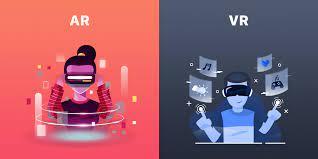Over the last 13 or so years, there has been significant technical progress. And we are seeing a growing deployment. Today, XR is being used selectively in civil engineering and industrial design, in film production, on assembly lines and in factory floors. Some schools have been using virtual reality in some classes for some time - and the benefits of a virtual classroom with virtual Bunsen burners and virtual dissecting frogs under the supervision of an embodied instructor while you sit nearby and make eye contact with your peers is obvious. Virtual reality is also becoming increasingly popular for workplace safety training, especially in high-risk environments such as oil rigs; teaching staff how, when and where people look already has vital applications. When it comes to saving lives, Johns Hopkins has been using XR devices on live patients for more than a year. starting with the removal of spinal cancer tumours. If you use a high-quality virtual headset like the Varjo Aero (which also requires physical tethering to a gaming-grade PC and costs $2,000) to play a game like Microsoft Flight Simulator (which controls a replay of 500,000,000 square kilometres of land, with two trillion individual rendered trees, 1.5 billion buildings and nearly every road, mountain and city in the world), you get the unmistakable feeling that the future is near.
The examples listed above are technically impressive, meaningful and better than ever. But the future should have already arrived. In 2023, it's hard to say that a critical mass of consumers or businesses think there's a "killer" AR/VR/MR experience on the market today; just the familiar promises of killer use cases that could come in a few years. These devices are far from replacing the devices we currently use (and don't seem to be on the verge of mass adoption). There are a few games with strong sales - several games have brought in over $100 million - but none of them could claim that if only the graphics improve by X%, large segments of the population will use virtual reality devices or these games on a regular basis.
We may have already taken the first step with virtual reality. Or it may be inevitable, or perhaps it will happen in the next decade. On the other hand, virtual reality may never become mainstream (defined by billions of devices), but instead serve mainly as R&D on the way to mainstream AR.
